Understanding and predicting urban heat islands at Gramener using Amazon SageMaker geospatial capabilities
AWS Machine Learning Blog
APRIL 5, 2024
This analytical model provides accurate estimates of land surface temperature (LST) at a granular level, allowing Gramener to quantify changes in the UHI effect based on parameters (names of indexes and data used). Solution overview Geobox aims to analyze and predict the UHI effect by harnessing spatial characteristics.

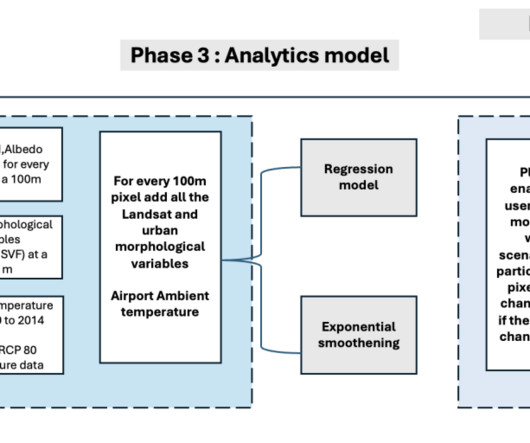
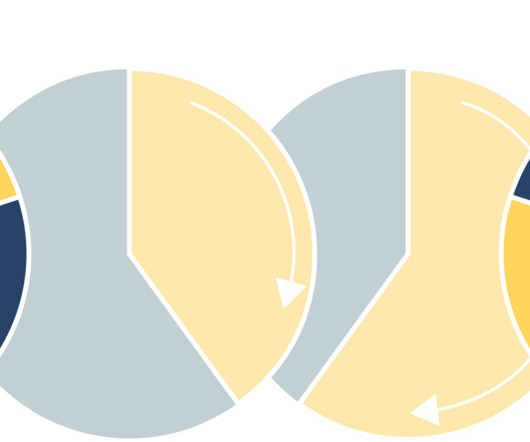
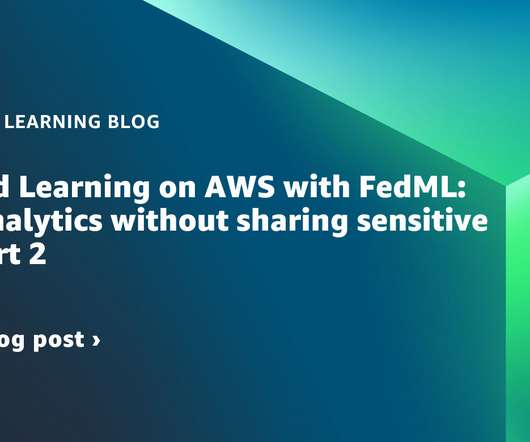
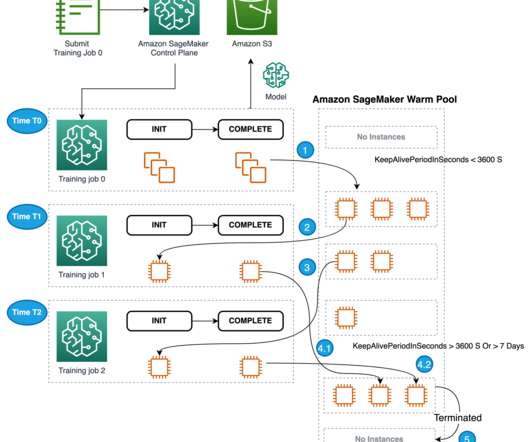

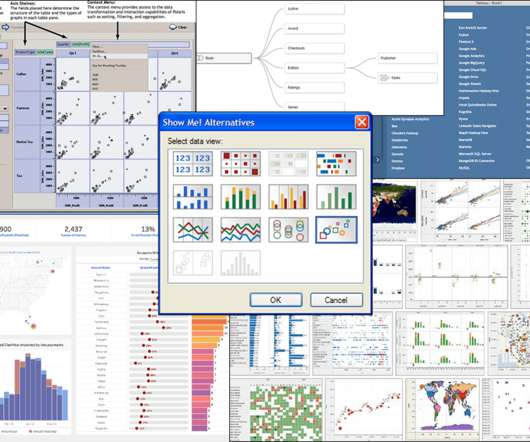
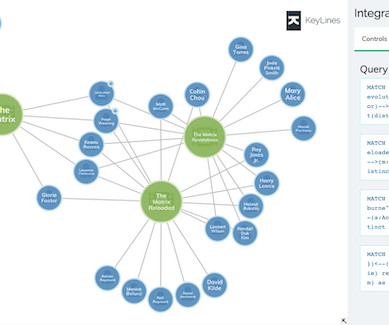
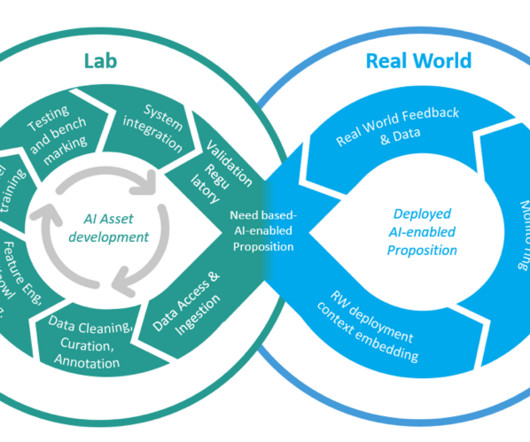
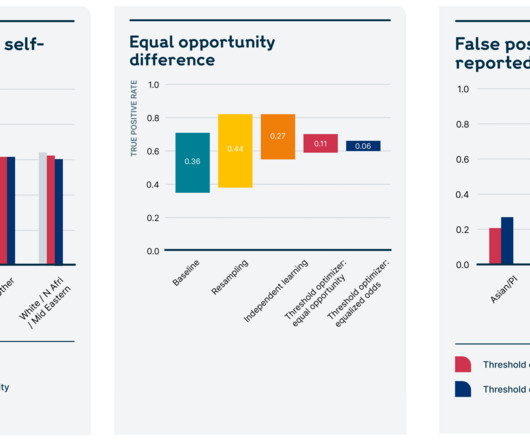
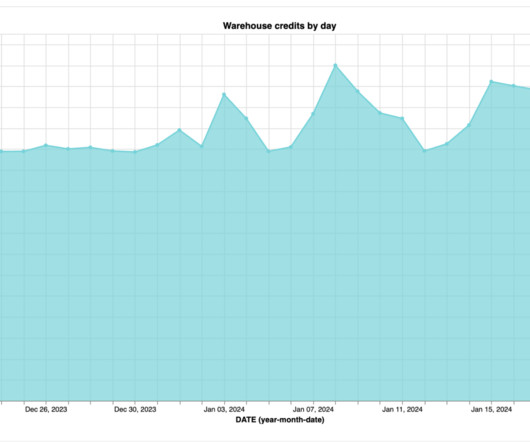

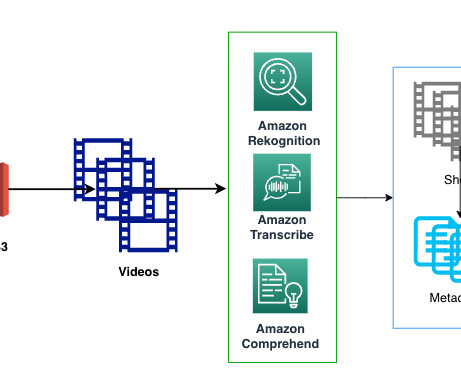

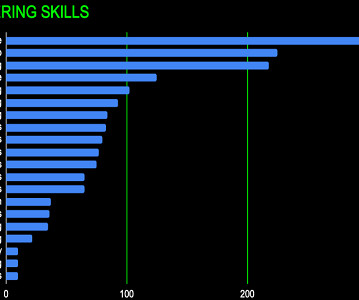






Let's personalize your content